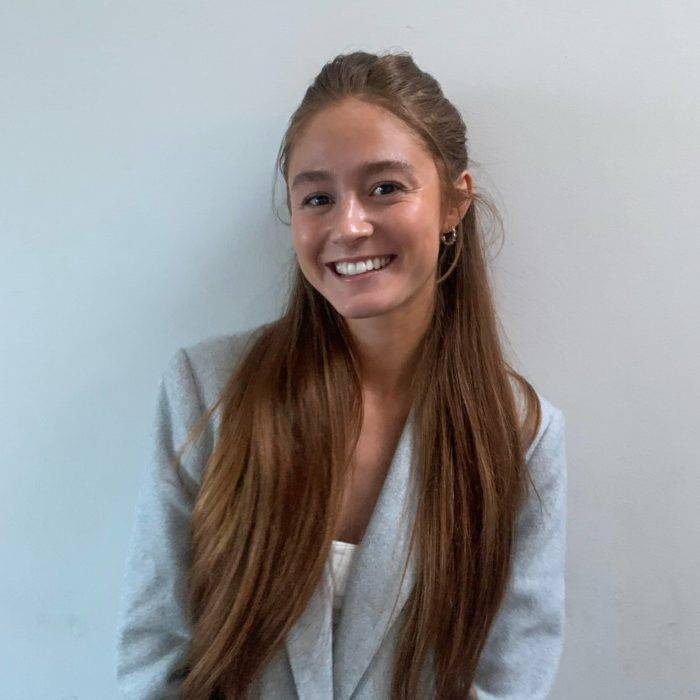Put simply, WordPress is the most popular way to create a website or blog. It’s estimated that WordPress hosts about 43% of all the websites on the Internet. That means almost half of all websites you visit are likely to be powered by it.
Impressed? Well, we’ve got even better news for you. WordPress is also hugely helpful when it comes to improving SEO, or search engine optimisation.
In this blog post, we’ll explain what exactly WordPress is, why it’s so good for SEO, and how Mr SEO can help your business with our world-class SEO WordPress consultancy services.
What is WordPress?
If you’re not the most tech-savvy person, it might be helpful to you if we first explain what WordPress is.
WordPress is a tool which predominantly makes websites, but can also be used to create ecommerce stores, blogs, forums, social networks, portfolios, membership sites, and much more.
The WordPress platform is compatible with a huge number of plugins and themes, which you can utilise to create your site.
Technically speaking, WordPress is an open-source content management system, or CMS, which allows anyone to modify its software for free under its GPL v2 licence. This also means that users can easily piece together and manage websites without needing to know much about programming or web development.
WordPress has been around since 2003, is continuously improved by its massive community of contributors, and shows no signs of being overtaken as the most popular website solution.
How does it help with SEO?
WordPress is renowned for its focus on user experience. Its themes and plugins are designed to make websites as professional, user-friendly, and visually appealing as possible.
WordPress sites are easy to navigate, and visitors tend to stay on them for longer. When you’re looking to improve your site’s SEO ranking, these factors are important, as search engine providers look to reward websites that provide these great user experiences.
Clean coded site templates are available on WordPress, but you’re also given the option to easily customise each page for SEO. No matter the page you’re building, you can add unique meta descriptions, title tags, and URLs that are keyword optimised.
When search engines develop site rankings, they take the speed of a given site into account. This is great news for WordPress users, as their sites tend to have faster load times to begin with, but can also be made faster via plugins like the WP Super Cache plugin.
On WordPress, you can edit your website’s permalink with ease. This means that instead of having a URL which includes every character under the sun, you can edit the permalink to make it more attractive and plug your keyword into the URL.
Of course, images are absolutely essential when it comes to creating informative yet attractive blog posts. They help to break up your blog into easy, digestible sections, and can be used to further explain your content. Something people forget, however, is the importance of optimising these images for SEO.
Luckily, WordPress makes this even simpler for users! Not only can you ‘create alternative text’ for each image, which means plugging keywords into image descriptions, but you can also resize your images easily so that they don’t slow down your page’s load speed.
Much of the beauty of WordPress is its familiarity to search engines. WordPress’s simple framework and link structure appears often across the web, and search engines are very comfortable crawling them. When you choose WordPress as your site’s CMS, search engines will be able to easily find your web pages, index them, and rank them – they do it all the time!
How do I start optimising SEO through WordPress?
Here at Mr SEO, we have our very own WordPress SEO consultants to help you direct your site towards sustained success in the search engine results pages (SERPs). Maybe your site is struggling to break into higher rankings, perhaps you’ve already installed an SEO plugin but it’s not giving you the desired results, or maybe you’ve simply never used WordPress?
We are rated one of the best SEO agency in London and have been named as a finalist at the UK Search Awards.
Whatever the scenario is, we’re here to help. With our top-to-bottom approach to achieving the best possible return on SEO investment, we offer an unrivalled service that our customers love. Book a Discovery Call with our team today, and start your roadmap to SEO success using WordPress.




